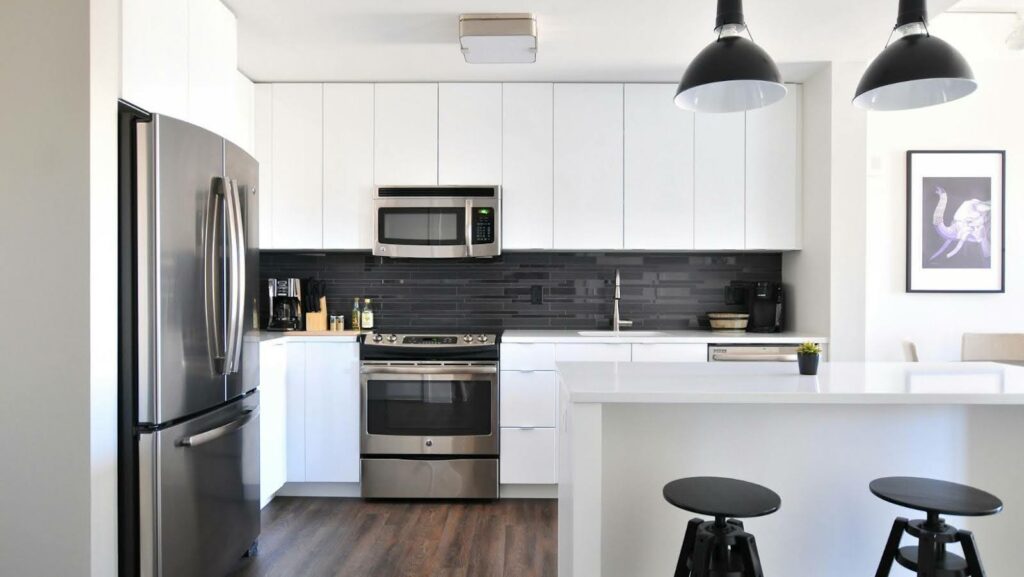A home is where we come after facing the many trials of life, where our loved ones and possessions live, and where we spend a lot of time. While stationary, Sun-Pro Realty and Management experts notes that your home constantly evolves over time, taking on new identities and emulating new designs. In other words, home renovations keep the home alive.
Home renovations can be very expensive when you factor in material and labor costs. These costs can dissuade some homeowners from renovating their homes, but there is still a way to renovate them as you want to.
This article discusses financing home renovations, navigating the entire process, understanding your financing options, and assessing your financial situation. Each component is essential to get the best outcome, so read to the end to learn the essentials.
How To Properly Finance Home Renovations
Assessing How Much Renovation Is Needed
Start by clarifying which areas need renovations (form and function). It would help if you prioritized essential repairs like leaks, roof replacements, plumbing, and wiring. Only then should you consider cosmetic upgrades, not before.
Do your research on material and labor costs, essential permits, and expenses such as roofing warranties. Plan with a 20% contingency in case an expense comes up unexpectedly.
Knowing Your Financing Options
There are five main financing options to pick from, each offering different levels of financing and repayment terms. Your home renovation financing options include:

- Using personal savings to fund renovations to prevent paying interest on a loan. Start saving early to have a nice amount to spend on your home.
- Using home equity loans and lines of credit that leverage your home’s equity to get a lump sum. However, your home could be at risk in case you’re unable to make payments.
- Personal loans are another option, but they often have high interest rates that are not suitable for smaller projects. When considering a lender, homeowners should do their research and compare interest rates and repayment terms.
- Credit cards are great for small-scale projects like fixings or light plumbing repairs. Do not use credit cards for extensive renovations; try not to exceed 50% of your monthly income on repayments.
Knowing Your Financial Situation
Financing home renovations is an exciting process, but you must be fully aware of whether you can afford said renovations. You can evaluate your financial situation by doing the following:
- Having a favorable credit score means better loan terms from lenders. If it’s not up to the mark, improve your credit score before taking out a loan to get renovations.
- Divide the monthly debt payments by your monthly fee to get the debt-to-income ratio. The lower the ratio, the better your chances of getting favorable loan terms.
When planning your renovations, it’s important to consider the future value of your home and whether the costs of extensive repairs make financial sense. This thoughtful approach will help you make strategic decisions about your renovations.
How to Secure the Finest Financing Terms
Financing home renovations involves taking on debt, which is always a slippery slope. You want the best financing terms to ensure you get the money you need and pay it back without wasting your income.

Homeowners can find the best financing terms by shopping around for the best rates and comparing different lenders for the best rates and terms. Review the fine print to learn about prepayment penalties, hidden fees, and other small details. This knowledge can empower you to negotiate with lenders, ensuring you don’t just accept the first offer made but rather secure the best terms for your needs.
Final Thoughts
Home renovations breathe life into your home, improving its form, function, and longevity. Financing said renovations is a viable consideration for homeowners who cannot immediately pay the entire renovation costs.
Homeowners should start by assessing how many renovations are required. They should list essentials before moving to aesthetic improvements. Next, they should audit their financial health and look into how much they can pay upfront and how much debt they can take on without going into the red.
There are various financing options available, each with different terms and interest rates. Unless you can pay for the renovations outright, you will need to take on debt. It’s crucial to understand the implications of this decision, as it will help make responsible financial decisions.
